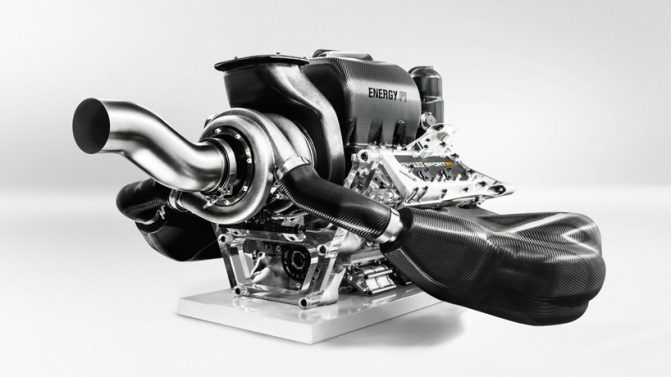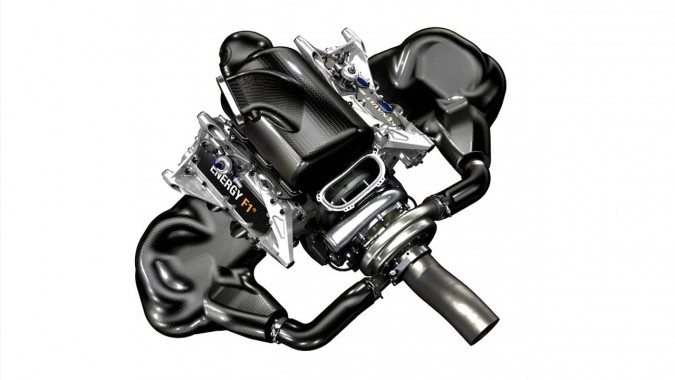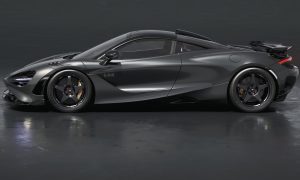F1’s estimable stats man Sean Kelly laid it out on Twitter during qualifying for the Mexican Grand Prix. “Turbo V6 in Mexico 1987 qualifying: 210.8mph (339km/h). Turbo V6 in Mexico 2015 qualifying: 226.2mph (364km/h)”. Even with modern F1’s self-flagellation about technical restrictions. Even though 1987 was part of the sport’s rip-snorting golden age and the Peraltada leading onto the main straight was then a fast banked curve without its tight detour.
Kelly provided more context. “In qualifying at Monza 2013, the last visit in the V8 era, the top trap speed was 340.4km/h (211mph). Turbo V6s blowing that away by miles”. The same V8s that many hark back to as the good old days. And when someone asserted that the current “hybrids are killing F1” Kelly’s retort was “only financially and sonically – when it comes to outright grunt, they’re way better than the V8s ever were at least”.
Come the race speeds got even higher as some hit 366km/h. It wasn’t too far off the all-time F1 speed record of 370.1km/h (229.97mph) set by Kimi Raikkonen in the 2005 Italian Grand Prix, in the V10 era. Yes whatever you think of the current spec of F1 engine, and for some it’s plenty, they fly in a straight line and the long pit straight and thin air of Mexico gave them a perfect stage.
For F1, is it not easy being green?
And all this is with 40% less fuel than before as well as a new restriction on fuel flow. It’s the sort of technology the car industry (and the world) is looking to develop – you’d imagine especially so given Volkswagen’s recent experience – and F1 like war can develop technology very quickly. It also is a massive good news story for the sport where it could really do with one. Even The Guardian spoke glowingly about how the ripple effect from F1’s technological advances on the world’s motoring industry could reduce global oil consumption by 2% or more a year.
Or you feel it would be a good news story if F1 could bring itself to like the idea. I’ve always found hard to fathom that F1 has found its new power units so hard to love. After sampling the latest Mercedes recently Martin Brundle wondered aloud why modern drivers don’t rave about their sheer grunt and acceleration; “it’s like it jumped off the side of a cliff” he said. Yet they do find it hard, and furthermore among the various mooted changes swirling for 2017 is that the engines could be rather dumbed down (perhaps as an equivalency formula) to 2.2l V6s with rudimentary KERS.
Risk of throwing out the baby with the bathwater
There have been problems with the hybrid engines, not least the cost as is well known. Also the development restrictions cut in too early and too severely. That’s had various manifestations, such as freezing the massive Mercedes advantage and a mass of punitive grid penalties for engine changes. These need alteration.
As for the noise point, while I can appreciate the sound of a Flat 12 as much as anyone I suspect strongly too that were other aspects of F1 healthy then the noise would hardly be mentioned.
Perhaps the main explanation is that talk of efficiency and conservation chafes against F1’s view of itself.
But the solution of ditching it virtually wholesale amounts to throwing the baby out with the bathwater. And Brundle for one knows it. “Formula 1 shouldn’t be considering old motors pumped up with token KERS. 2017 cars must be dramatic, futuristic, super fast, leading the way, awesome” he said on Twitter.
Indeed. Improving the breed has always been a key part of F1. And the alternative gets very close to an F1 existing in a bubble; an F1 largely shorn of manufacturer input. It also would also be a sport stuck in the past rather than one tearing towards the future.





